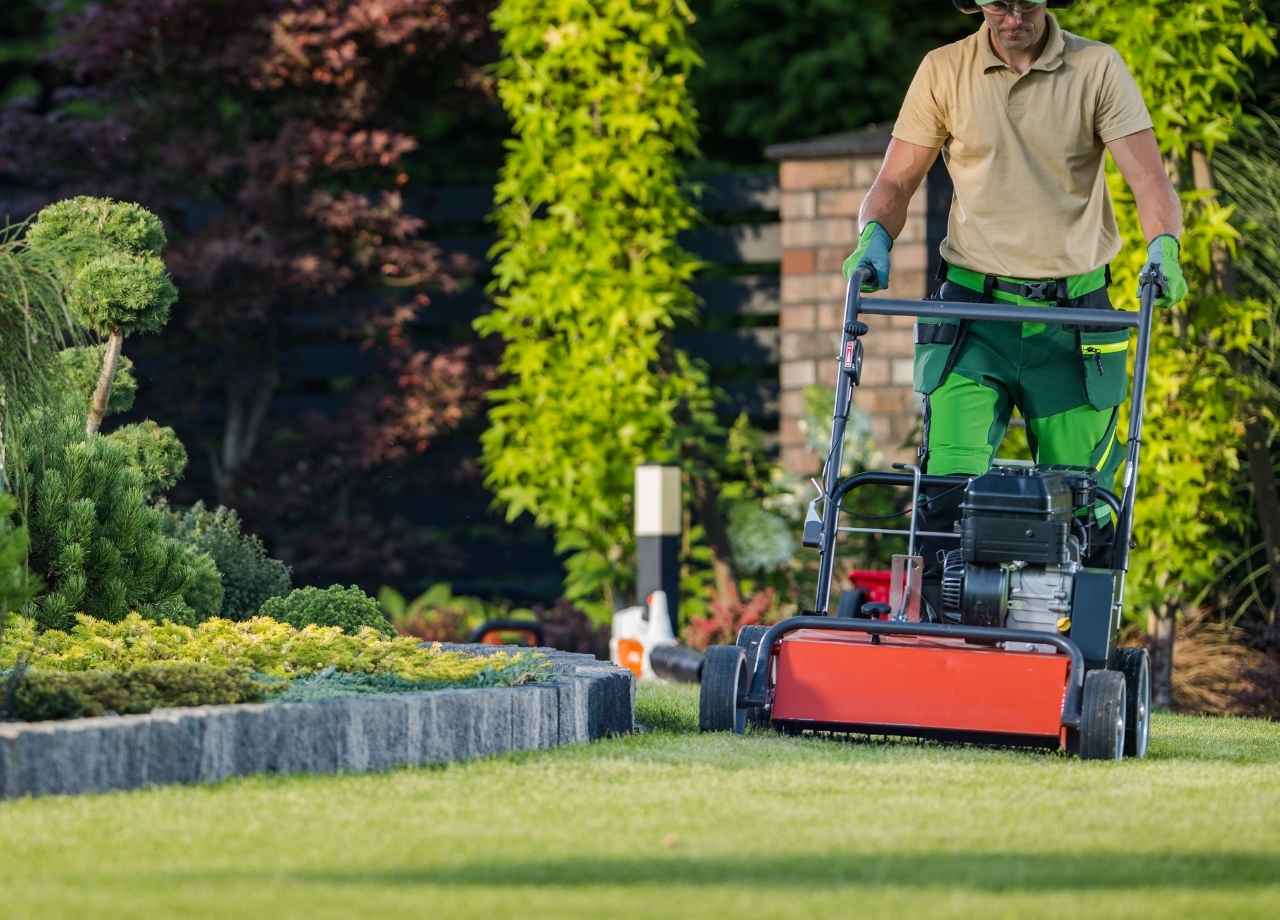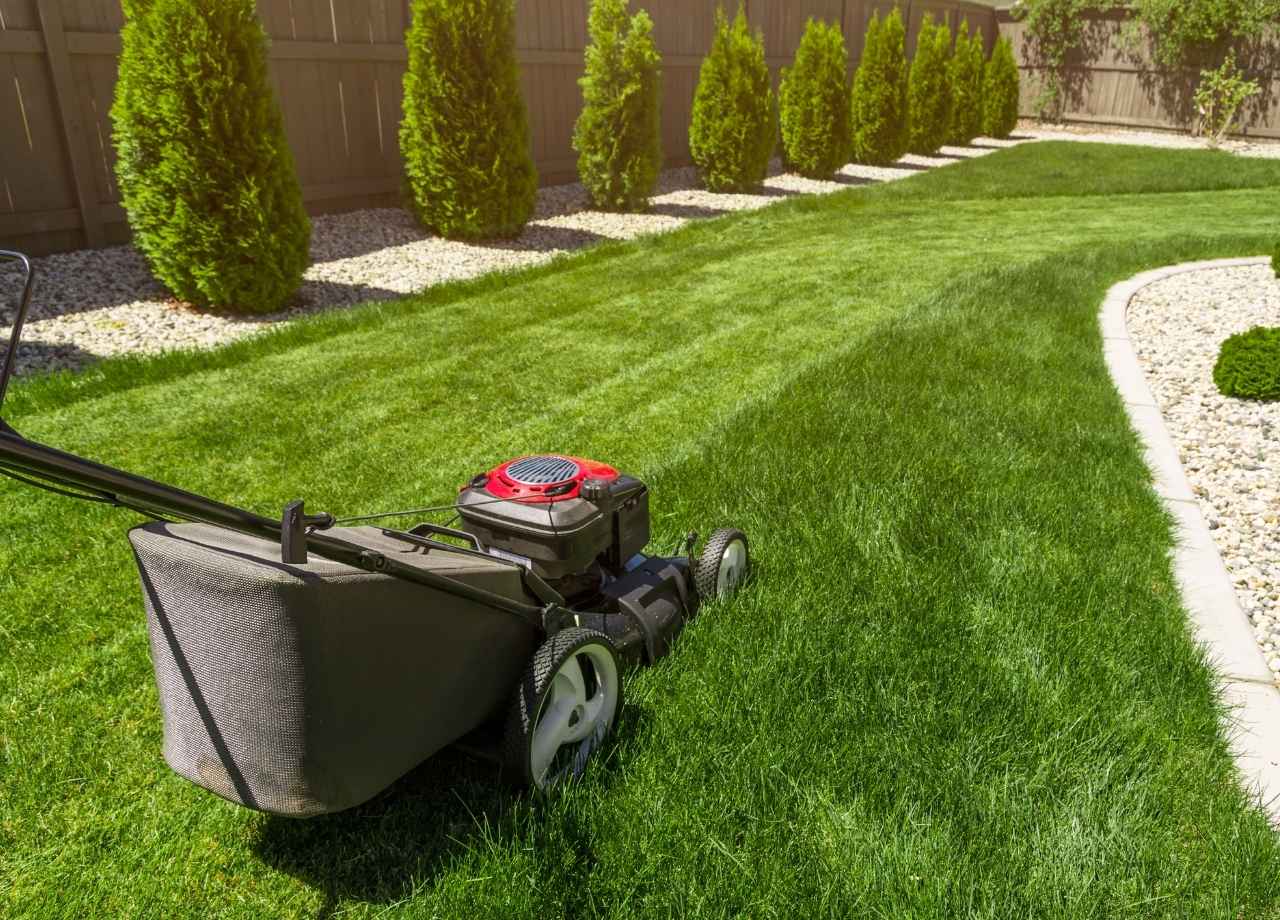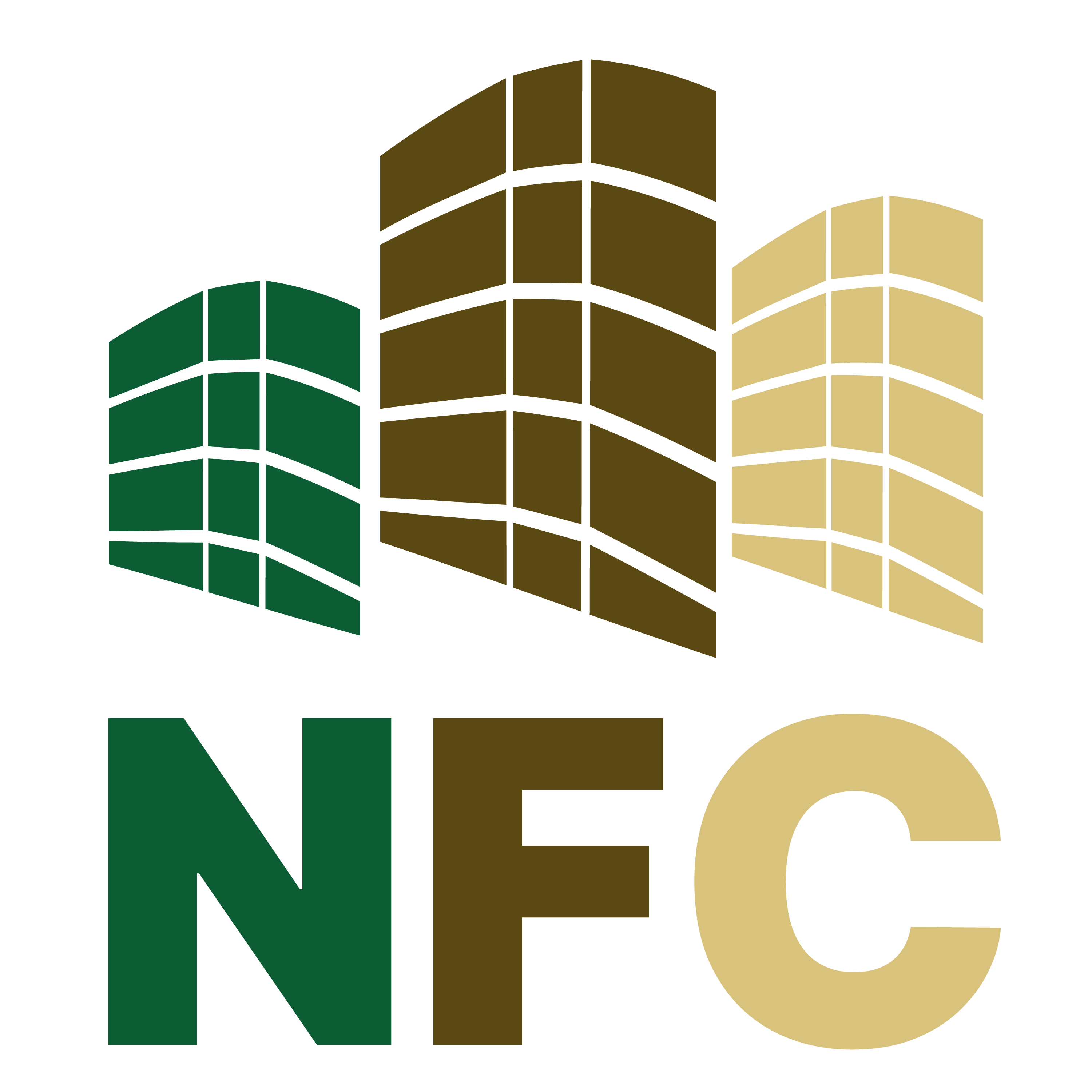Why Businesses Need Professional Lawn Care
Most property managers don’t plan to let their grounds slip into neglect. Things just pile up. Equipment breaks, the janitorial crew gets stretched too thin, and suddenly the front hedges look like they haven’t been touched in weeks. Grass browns unevenly. Debris collects near the curbs. Clients stop commenting on how nice the place looks. Tenants start asking if someone new took over maintenance. It doesn’t take long for exterior upkeep to slide—and it shows.
A commercial site isn’t just a building. The outside often decides how people feel about what’s inside. That perception starts in the parking lot, on the sidewalk, and right at the edge of the grass.
First Impressions Are Formed Before the Door Opens
Walk a property the way a customer would. The edge of the sidewalk is cracked, and grass spills onto the concrete. Mulch beds haven’t been turned in months. Low-hanging branches nearly swipe your face. Now imagine your biggest client walking through that same route.
A former facilities supervisor at a medical office recalled how patients used to complain about overgrown trees blocking signage. They didn’t just mention it to the front desk—they took their concerns to management. Within weeks, the grounds contract was reevaluated, and a professional crew took over. It wasn’t about making things pretty; it was about avoiding embarrassment.
The truth is, people notice. Untrimmed grass, dying shrubs, and forgotten flower beds leave an impression. And it usually isn’t a good one.
Weekend Crews Can’t Keep Up
Some businesses try to save money by assigning lawn duties to internal teams. One operations manager admitted they had custodial staff push a mower around once a week. That plan worked—until a sprinkler head got mowed over, and no one reported it. Three weeks later, half the lawn had turned yellow, and the company paid out-of-pocket for emergency irrigation repairs.
People hired to maintain interiors rarely have the tools or training for exterior care. They won’t know if turf fungus is setting in or if weed growth is seasonal or invasive. Most of the time, they don’t even know the correct height to cut different types of commercial grass. And when they make mistakes, those errors tend to be very public.
Aesthetics Drive Value
Walk past an office park with well-edged sidewalks, healthy lawns, and seasonally rotated flower beds. Now compare that to a property with cracked curbing, dull grass, and faded mulch. The difference is obvious—even when driving by at 35 miles per hour. Businesses looking to stand out need to realize that presentation doesn’t begin at the reception desk; it starts at the curb.
Leasing agents report better tenant satisfaction when outdoor areas are maintained properly. Real estate portfolios benefit from higher curb appeal. A multi-unit retail plaza in Florida found that its vacancy rates dropped within a year of bringing in professional landscaping. No change to signage, no marketing push—just better lawn care.
Risk Management Goes Beyond Clean Floors
Wet leaves, overgrown hedges blocking sightlines near parking lots, and uneven sidewalk edges covered in grass create safety issues. A business may have excellent liability coverage, but no insurance policy looks good once customers start filing claims.
One retail property manager had a recurring algae buildup near their front steps that became a hazard during rainy months. Their lawn care provider began applying a treatment monthly and adjusted nearby drainage. No further complaints. Without that intervention, the situation could have resulted in injuries and legal problems.
It’s not just about making things look tidy. Professionals spot trouble before it escalates—something that doesn’t happen with a quick mow-and-go.
Seasonal Transitions Can’t Be Ignored
A patch of lawn might look fine in spring but go dormant by August if the wrong seed mix was used. Trees trimmed improperly in winter may not bloom in April. Drainage problems ignored in fall become ice hazards by January.
One corporate office in the Midwest saw their entrance area flood repeatedly every spring. Their regular mowing crew didn’t deal with grading, so nothing changed. After switching to a commercial provider, the lawn was re-contoured, and French drains were installed. The difference wasn’t subtle—staff stopped tracking mud through the lobby, and concrete repairs were no longer needed every year.
Commercial properties have different needs each season. That doesn’t mean four major overhauls a year. It means steady, informed care that adjusts as temperatures, precipitation, and plant cycles shift.
Costs Rise When Maintenance Is Deferred
Deferred maintenance rarely saves money. Letting weeds overrun turf, skipping treatments, or ignoring early signs of disease often results in expensive fixes down the line. Re-sodding an entire lot, replacing cracked walkways, or removing dead trees costs significantly more than routine upkeep.

A logistics facility outside Dallas let crabgrass take over, hoping to “wait it out.” By the end of summer, nearly 40% of the lot was unusable for events and employee breaks. The fix involved scraping, reseeding, and three months of weekly care. What could’ve been handled with pre-emergent treatments and regular mowing turned into a five-figure headache.
Professional crews bring knowledge, not just tools. They anticipate problems. That foresight reduces surprises, which keeps budgets in check.
Employees Notice, Too
No one likes eating lunch in a brown patch of dirt surrounded by overflowing trash bins. When grounds are cared for, staff morale improves—especially for those using outdoor spaces on breaks. Clean air, shaded spots, and healthy greenery make a difference, even if the work happens indoors.
One HR director mentioned a jump in employee social media posts once they added monthly flower rotations. That wasn’t the intention. But the added color gave people something to enjoy, and those posts became free branding. The grounds team didn’t just mow; they created a space people wanted to spend time in.
That shift wasn’t about perks or bonuses. It was about taking pride in the workplace—starting with the view out the window.
Sustainability Goals Get a Boost
Companies trying to reduce water use or minimize chemical exposure often overlook how much a smart lawn care plan can help. Native plants, efficient irrigation systems, and organic treatments reduce resource consumption without sacrificing appearance.
A tech firm in Phoenix replaced turf near their main entrance with drought-resistant ornamental grass and desert-adapted shrubs. Their commercial maintenance crew handled the design and ongoing care. Within one season, water bills dropped, and the grounds still looked sharp. No extra training for internal staff. No guesswork.
This isn’t just about optics. Responsible lawn care supports broader environmental goals in measurable ways.
Emergencies Happen—Prepared Teams Respond
Storms rip through trees. Contractors spill paint or chemicals. Utility work tears up half the front lawn. When these things happen, having a crew on standby prevents further damage and speeds up recovery.
One small business shared how a delivery truck tore up their sprinkler system while backing out. The grass flooded. A standing maintenance agreement meant the system was repaired that afternoon. Without that support, the damage could’ve worsened—and affected neighboring businesses.
Disruptions don’t wait for business hours. Reliable lawn services don’t either.
That’s why more commercial property managers rely on National Facility Contractors—because they need a proactive team that understands regional demands, responds fast, and keeps their grounds looking sharp no matter what the season throws their way.
Well-maintained grounds say something before a single word is spoken. They signal that a business is organized, aware, and serious about quality. That message starts at the curb—and continues through every detail that follows. Professional lawn care isn’t about appearances. It’s about consistency, safety, and long-term value. Skipping it sends a different message. And people hear it loud and clear.







